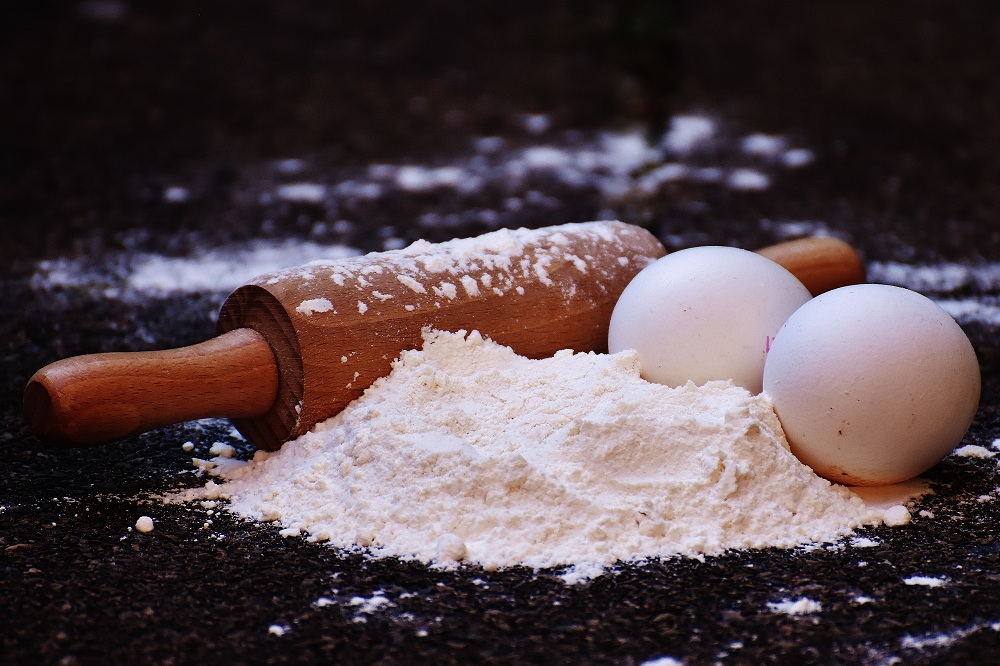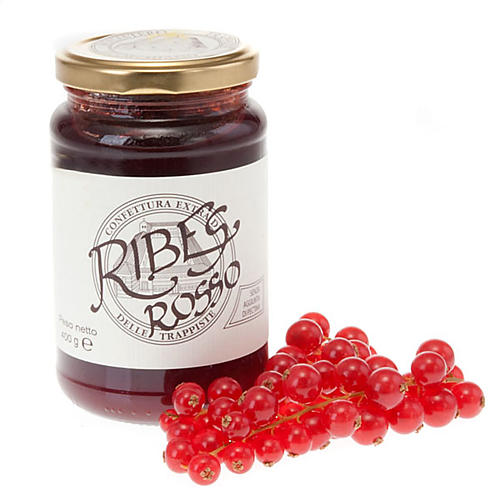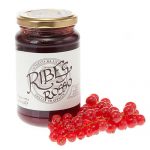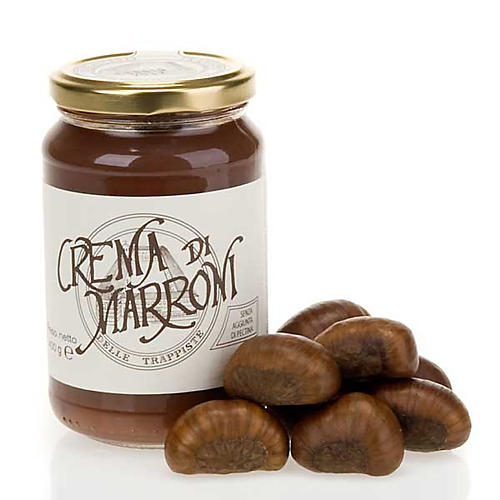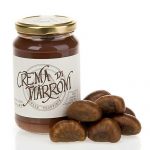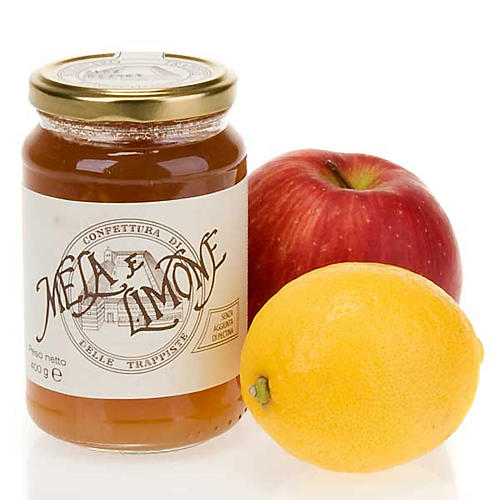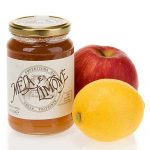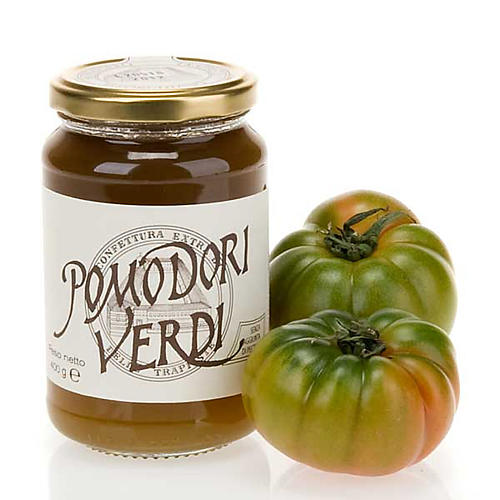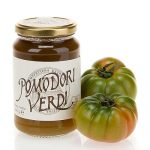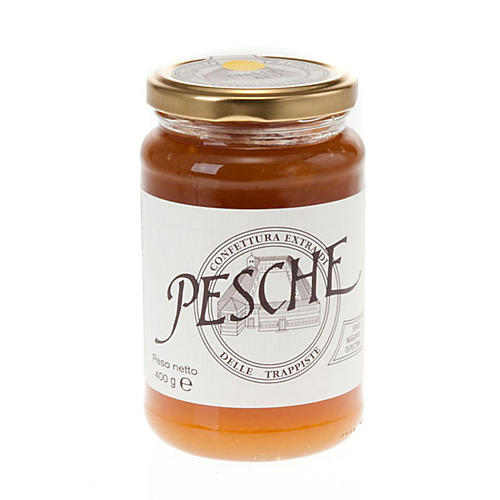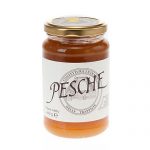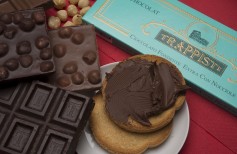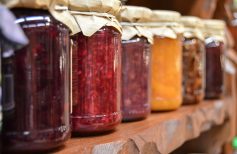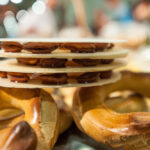The pie is an ancient dessert, but still very much appreciated by everyone, especially when it is filled with quality jams and marmalades. Let’s find out about its origins and its religious meanings hidden in the version from Campania, which is typical during Easter: the Neapolitan pastiera.
Tradition and history of an Italian dessert
Contents
How many desserts can boast legendary origins? Not many. This pie can boast even more than one. In fact, this dessert typical of the Italian tradition made of a base of exquisite shortcrust pastry with a generous layer of jam, marmalade, cream or fresh fruit spread onto, and then covered with thin strips of braided pastry, is the main character of many popular legends. The pie shares these legends with another typical dessert, which is actually just a variation on the original: the Neapolitan pastiera, that is, a pie whose filling is made of ricotta cheese, candied fruit, sugar, eggs and wheat boiled in milk.
The first legend concerning the origins of the pie tells about a beautiful mermaid who lived in the Gulf of Naples, and each spring she used to delight the people living on the coast with her mellifluous singing. To thank her for such beauty, they sent seven girls, each one carrying a very precious gift: wheat, ricotta cheese, eggs, soft wheat boiled in milk, the water of orange flowers, spices and sugar. The mermaid joyfully accepted those gifts and brought them before the gods, who mixed them and created a wonderful cake, which she gave to the generous people as a gift. If we examine each single ingredient mentioned in the legend, we immediately see that they can be interpreted in various ways, and can easily be connected to the Christian tradition. In fact, ricotta cheese and sugar recall milk and honey, typical votive offers of the first Christian ceremonies. Egg has always had a strong symbolism of rebirth, and in the Christian sphere, of resurrection; together with the orange flowers they are a symbol of the return of spring and the triumph of life. Then, even though the legend is set in a pre-Christian era, the references to Christianism disclose a different truth.
But let’s look at another legend. Some fishermen, after a sudden storm, were left at sea unable to go back to the haven. Once they got back, and were asked how they could survive in the open sea, they replied they ate ‘Yesterday’s pasta’ (“Pasta di ieri”, which leads to “Pastiera”), made of ricotta cheese, eggs, wheat and spices. Even in this case, the Pastiera can be interpreted as a symbol of rebirth, because it saved the life of the four fishermen. A real fairytale dessert!
On a less fairy level, already after the year 1000 in Venice, there was a recipe based on shortcrust pastry that could be compared to the pie. In order to make it, they used sugar coming from the East. The first official recipe was included in a cooking essay of the XIV century by Guillaume Tirel, known as Taillevent (wind-cutter), the famous French chef who served Philipp VI, Charles V and Charles VI, author of the renowned cooking handwriting Le Viandier.
The birth of the modern pastiera is attributed to a nun of the convent of S. Gregorio Armeno; she was the first to use the ingredients necessary for this dessert, maybe drawing inspiration from a previous recipe. As expected, we owe her the deep mystic meaning of the pastiera, that is, Christ Resurrection, which made it one of the Easter dessert par excellences. That is why the pastiera is baked on Holy Friday and eaten during Easter.
We like to think that the credit for the creation of such a delicious and irresistible dessert goes to a nun. After all, nuns are known to be always busy with many other occupations than prayers and meditation. On the contrary, they were never behind men even in heavy work. Also artisanal handcrafting produced by nuns are famous and appreciated still today. For example, the monastery of Caux, France, hosts the atelier d’art de Bethlehem. The monks in the male section take care of the creation of wooden sculptures, while female monks take care of paintings and reproductions made of Pyrenean stone (dolomite).
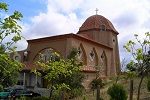
The order of the Barefoot Carmelites
The Barefoot Carmelites (or Discalced Carmelites) are nuns whose life is devoted to God by solemn vows. The order was founded in 1560…
Or, the Discalced Carmelites: even though they are cloistered monks and dedicate mainly to contemplative prayer, they spend their time between prayers and jobs inside the house, in the garden and the orchard. Some of them produce delicious jams and marmalades and other products coming from their plants and trees, which they later sell in the monastery shop, distribute to some Italian shops, and even sell online, contributing to the sustenance and management of the monastery itself.
Online monasteries products – Jams and marmalades
About monasteries products, jams and marmalades are a very important part in Holyart online store. They are of course produced with the utmost care following ancient recipes, such as those made by the Discalced Carmelites indeed. All phases of the production, from the picking to the packaging, follow artisanal methods, in order to guarantee a tasty and natural result.
In the Holyart catalog, you will find 46 different types of jams and marmalades, traditional or more particular flavors, such as the green tomatoes and fall fruits. All marmalades, jams and fruit compotes in our online store are produced following traditional methods, starting from high quality raw materials with no additives. The nuns and monks produce them consciously and with responsibility, with the utmost care for the clients’ health and satisfaction. They are 100% natural products, tasty, simple and natural.
What is the difference between jams and marmalades?
The difference between the two was stated by the European directive 79/693 of 1979, included in the Italian legislation in 1982 with DPR of June 8 1982 n.401, which regulates the production and distribution of jams, marmalades, fruit jelly and chestnut cream.
In such directive, it is established that marmalade is a product made of sugar, pulp, juice, puree, watery extracts and zest, obtained only from citruses. In order to make 1 Kg of final product, the quantity of citrus fruits needed must be at least 200 g, of which at least 75 g must come from the endocarp, which is the typical skin that envelops the segments and that contains juice and seeds.
Jam on the contrary, according to the above-mentioned directive, is made using sugar and pulp (or puree) of all other kinds of fruits. It can be made of only one type of fruit, or two or more types of fruits. In order to make 1 kg of final product, the quantity of the pulp or puree used must be at least 350 g in general, with slightly different doses for fruits such as black currant, ginger or quince.
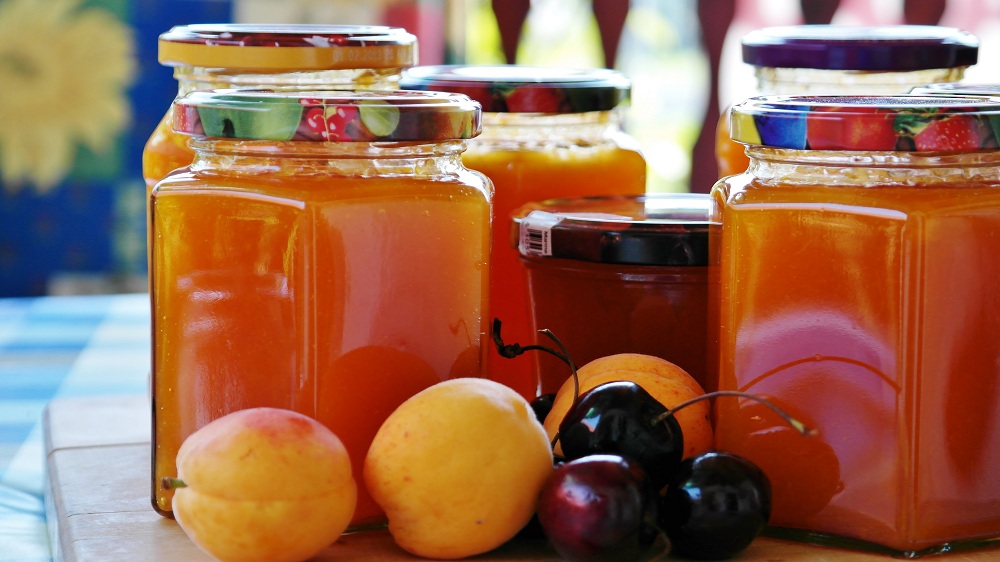
Let’s make a nice pie now!
Now that we know the origins of the pie and know where to get the most delicious jams and marmalades to fill it with, what about trying to make one at home? Here is a traditional and easy recipe that will help you make a traditional pie in just a few steps. Of course, you choose the most natural ingredients!
You’ll need: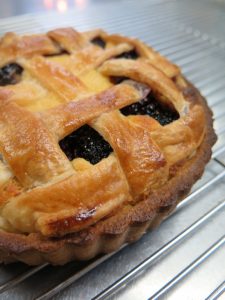
- 300 gr (2 cups) wheat 00
- 150 gr (1 cup) sugar
- 100 gr (1/2 cup) cold butter
- 1 egg
- 1 egg yolk
- 1 teaspoon baking powder
- 1 pinch of salt
- 1 pot of marmalade or jam
In a large bowl, pour wheat, baking powder, sugar and salt, and then stir.
Add the cold butter in small pieces and work the ingredients with your fingertips. You will need to obtain a sandy mixture.
Add the egg and the egg yolk and keep kneading until you get a soft dough. Be careful, if you knead for too long, the shortcrust pastry will be too soft and sticky!
Make a ball with the shortcrust pastry and wrap it up in plastic film. Let chill in the fridge for at least half an hour.
After the ball is out of the fridge, roll out 2/3 of the dough on a baking paper. It will have to be about 3-4 mm thick and 30 cm diameter. Once you’re done, carefully lift the paper and put it all in a round baking tray of about 24 cm diameter and 3 cm high on the side. Cover the sides thoroughly, and cut the exceeding pastry.
Make holes on the base of the tart with a form, and then spread the chosen jam or marmalade.
Now take the pastry you left out earlier, the exceeding part you cut and roll it out. Cut some strips about 2 cm wide with a pasta cutter, smooth or notched, which you will use to refine the external edge of the pie and create the typical grid over the filling.
Bake the pie in a pre-heated ventilated oven at 180 °C (356 °F) for 30 minutes. When the surface turns brown, take it out of the oven and let it cool in its tray.
In order to obtain a more crumbly pie, you can use 250 gr of wheat 00 and add 30 gr of cornstarch. Or else, you can use 120 gr of butter instead of 100, and 100 gr of sugar. Now enjoy it in good company!

